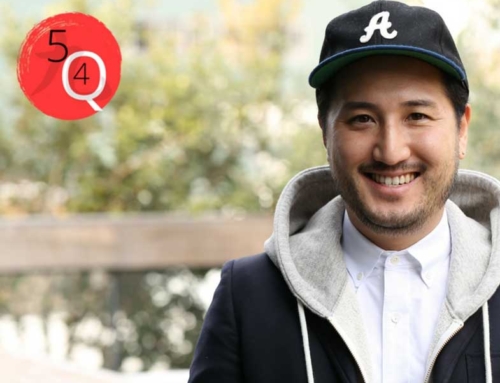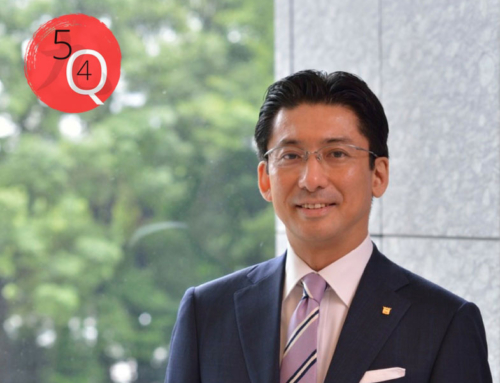 You are a Shugendo mountain priest. What is that? Can you tell us a little about Shugendo and your priesthood?
You are a Shugendo mountain priest. What is that? Can you tell us a little about Shugendo and your priesthood?
Shugendo combines elements of Buddhism with Shintoism, Japan’s original spirituality, and other religions. The worship of nature, particularly mountains, is very important. I spend a lot of time in the mountains, forests, rivers, and waterfalls.
Shugendo’s activities are mainly outdoor, unlike conventional Buddhist sects that are focused on activities within temples. I do Zazen meditation and also blowing meditation (using bamboo flutes and conch shells), waterfall meditation, spiritual trekking, fire rituals, and more.
Please tell us a little about Sasayuri-Ann Rice Terrace Villa and why you created it.
Sasayuri-Ann is a restored thatched-roof farmhouse that can accommodate one group per day (exclusive use) from two to 10 guests. The original house is estimated to have been built 150 years ago, but some of its beams were even older, perhaps 200 to 300 years old. We began the reconstruction of this antique farmhouse in 2013 and welcomed our first guests in 2016.
I created it so that guests could experience the sense of time and space of centuries past, as if they had journeyed through time. I wanted to show modern people, who are accustomed to steel and concrete, what Japan previously was. I believe that the natural beauty of the agricultural village and its farmhouses, as well as the smiles of their residents, are the best forms of hospitality.
I hope visitors will see Sasayuri-ann as something more intimate and familiar than the castles of the old lords or the Buddhist temples and monasteries that are trumpeted as symbols of Japan. I believe that people will be moved by Sasayuri-ann’s simple and pure folksy beauty.
What are some of the ways you modernized it for today’s travelers?
The central room, kitchen and bathroom are all equipped with heated floors. We have a relatively smokeless pellet stove and three energy-efficient air conditioners. The Japanese-style furo bath is made entirely from Japanese cypress, and the kitchen is fully equipped with tableware and cooking appliances. The restrooms have modern Japanese toilets.
Tell us about some of the activities where you personally guide guests?
I do a two-hour waterfall meditation, from 7 to 9 a.m., at Akame falls – two hours in the morning makes guests feel totally refreshed. I can take guests for extended hiking around Akame and its peak cliff trekking course, or hiking to Muroji temple and Ueno castle. For “maniac” guests I can invite them to join the Shugendo fire ritual. I also give lessons on playing the conch shell horn, Japanese drums, and bamboo flute.
Can you describe the eight-day trek you’ve done between Kinpusen-ji temple and Kumano Hongu shrine?
This is one of hardest practices of Shugendo. The distance is about 180 kilometers (110 miles) at an average elevation of 1,500 meters (4,900 feet) through the mountains of the Kii Peninsula. During seven days of walking and running, the mind becomes empty from so much fatigue.
Day One: Oh, I have this and that to do for work when I return. Day Two: I’m very tired and hungry. Day Three: Why am I doing this? Day Four: Where am I now? Day Five: Complete fatigue and no ability to think. Day Six: Empty mind and heart. Walking itself is meditation. Climbing up to the peak and down to the deep valley and up again…
This is the point of complete surrender to nature and starting to feel that I am not in charge of my body, but it has been kept alive by Something great. There is no border between my body and great nature. It’s all continuous elementary particles without borders or bodies. I am part of the universe; I realize “oneness.”





